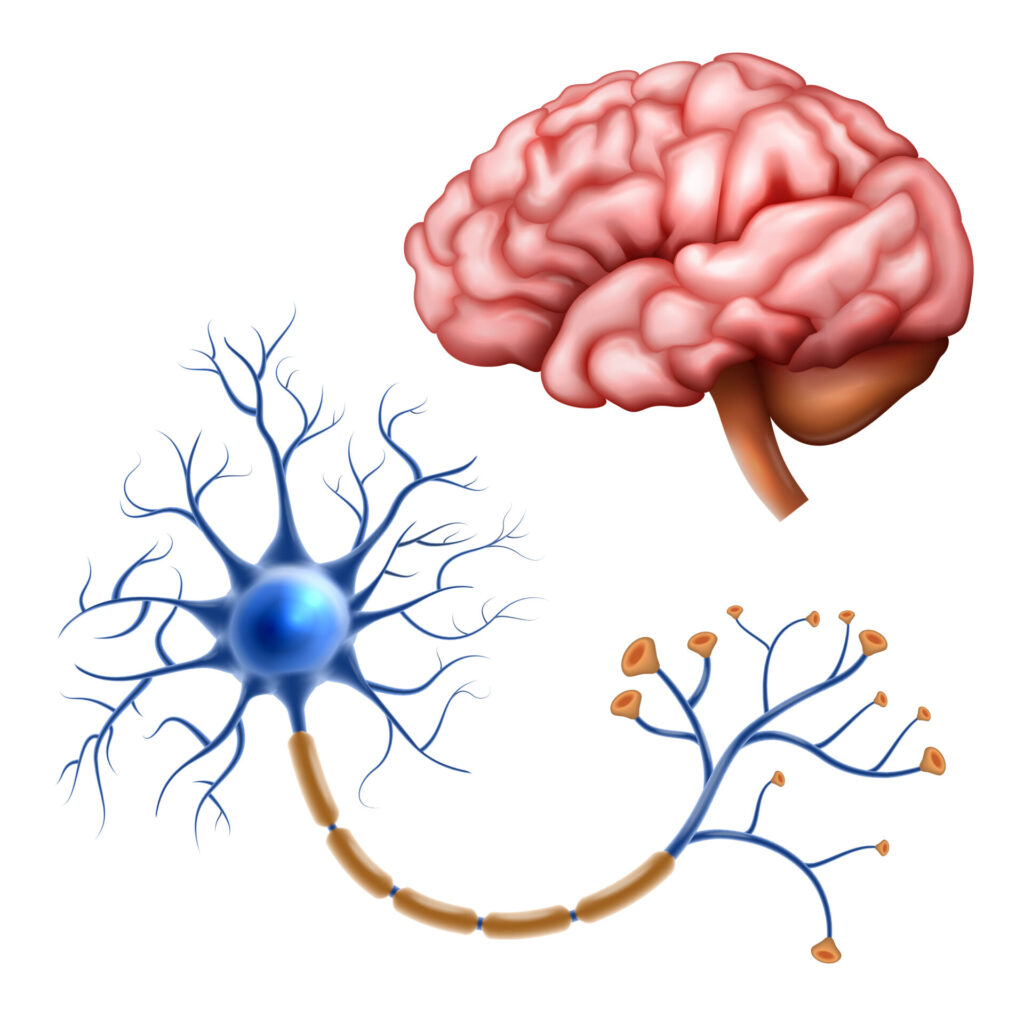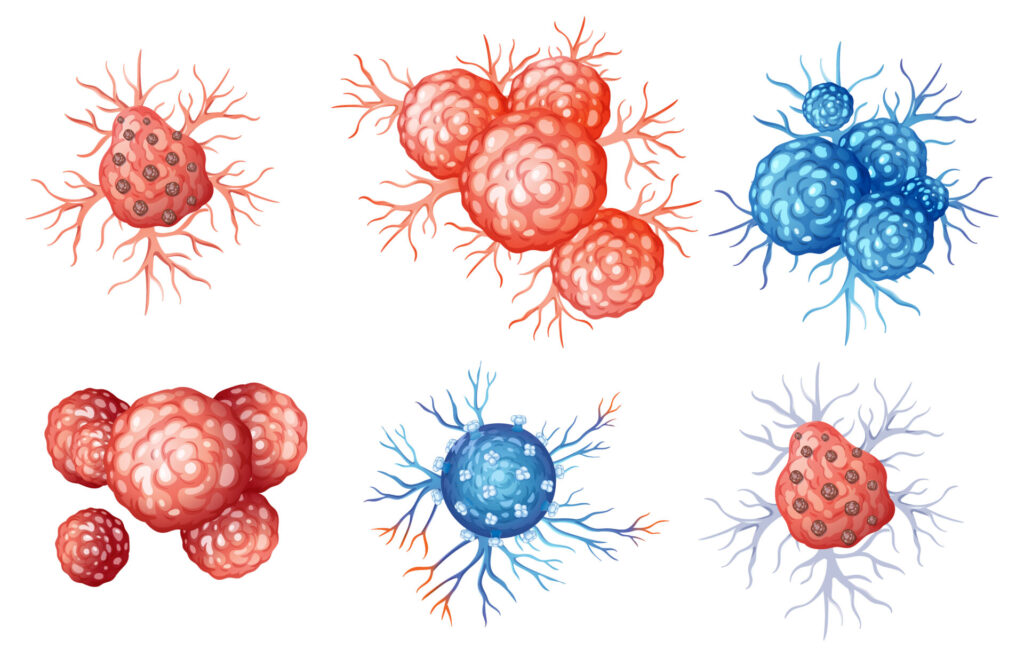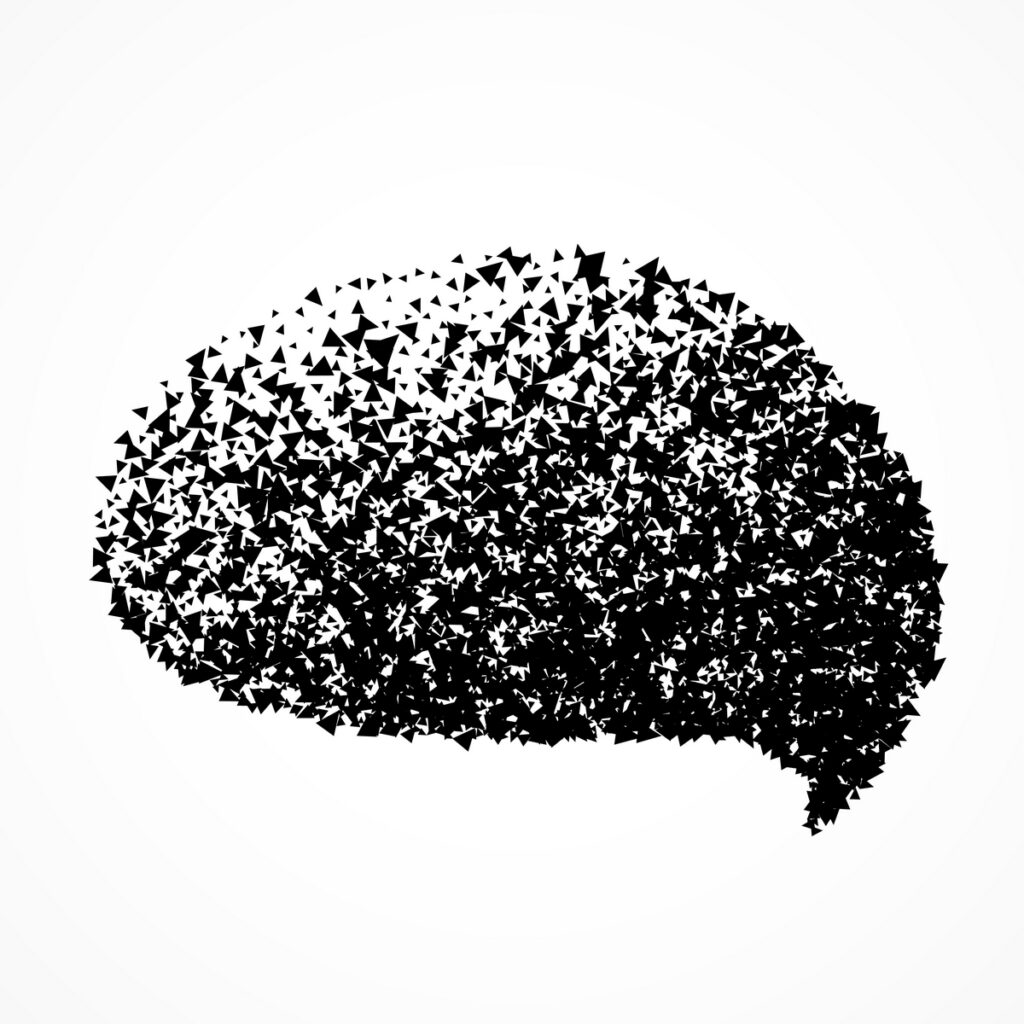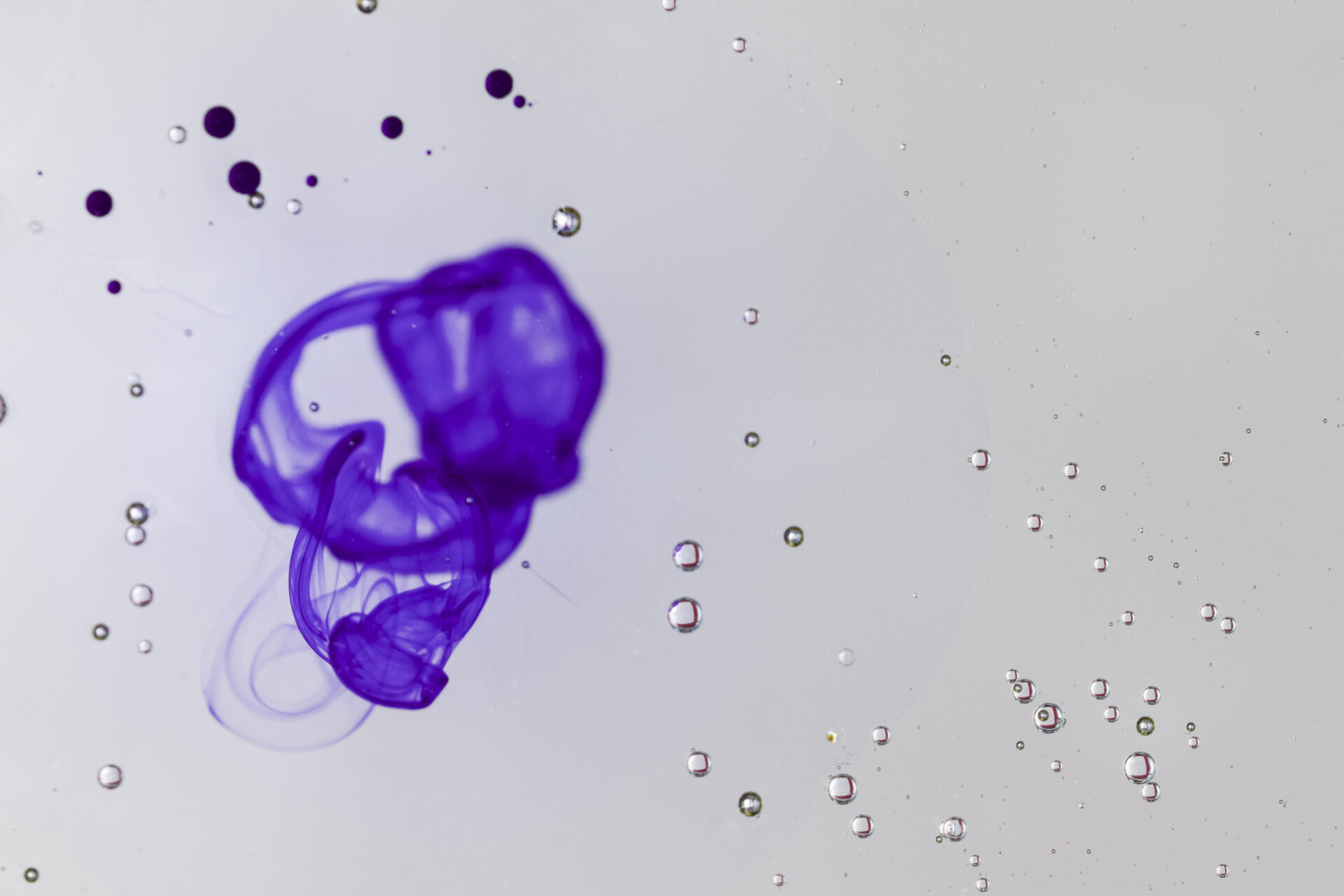How the Brain-Eating Amoeba Attacks: A Scientific Explanation of PAM
Contents
- 1 How the Brain-Eating Amoeba Attacks: A Scientific Explanation of PAM
- 1.0.0.0.0.1 Read DISCLAIMER
- 1.0.0.0.0.2 The material presented here is for general informational and educational purposes only and is not medical advice. Although we attempt to provide current and accurate information, this blog should not be used as a replacement for professional medical consultation, diagnosis, or treatment. In all cases, consult your physician or an accredited medical practitioner with regards to any medical condition or treatment. Do not ignore professional medical advice or wait for it on the basis of information provided by this blog. In a medical emergency, call emergency services immediately.
- 1.1 Understanding the Invader: Naegleria fowleri in Plain Language
- 1.2 The Invisible Threat: Where the Amoeba Lives and Why That Matters
- 1.3 Launching the Attack: Entry Into the Central Nervous System
- 1.4 Why It Spreads So Fast: The Science of Exponential Damage
- 1.5 Human Signals That the Battle Has Begun
- 1.6 Understanding the Science Behind Tissue Damage
- 1.7 Why So Rare—But So Deadly
- 1.8 Diagnosis: Searching for Tiny Assailants in Cerebrospinal Fluid
- 1.9 Treatment Challenges: Few Weapons in a Rapidly Evolving War
- 1.10 Differentiating PAM from Other Brain Conditions
- 1.11 Bottom Line: How the Attack Unfolds in the Human Brain
- 1.12 What This Means for You: Practical and Human Guidance
- 1.13 FAQs with Answers:
Discover how the brain-eating amoeba Naegleria fowleri invades the human brain and causes Primary Amoebic Meningoencephalitis (PAM). Understand the science behind its deadly attack and the urgent need for awareness.
Read DISCLAIMER
The material presented here is for general informational and educational purposes only and is not medical advice. Although we attempt to provide current and accurate information, this blog should not be used as a replacement for professional medical consultation, diagnosis, or treatment. In all cases, consult your physician or an accredited medical practitioner with regards to any medical condition or treatment. Do not ignore professional medical advice or wait for it on the basis of information provided by this blog. In a medical emergency, call emergency services immediately.
Understanding the Invader: Naegleria fowleri in Plain Language
Imagine a microscopic creature so tiny that you need a powerful microscope to see it—yet so dangerous it can destroy human brain tissue within days. That’s Naegleria fowleri, commonly known as the brain-eating amoeba. Although it sounds like science fiction, this organism lives in warm freshwater environments and, under rare circumstances, can enter the human body and initiate a devastating brain infection called Primary Amoebic Meningoencephalitis (PAM).
What makes this infection so terrifying is how quickly it progresses once the organism enters the brain. The process begins not with ingestion but with water entering the nose—through swimming, diving, or using nasal irrigation devices—and ends in severe neurologic damage. In this blog, we’ll explain how Naegleria fowleri works, how it finds its way to the brain, and how it wreaks havoc once there—all in accessible, human-friendly language.
The Invisible Threat: Where the Amoeba Lives and Why That Matters
Naegleria fowleri is not found in every lake or river, but it thrives in warm, slow-moving, or stagnant freshwater such as hot springs, ponds, geothermal pools, and even poorly maintained garden water storage. It also survives in soil and sediment near warm water bodies. The organism moves through a life cycle that includes a dormant cyst stage, an active feeding trophozoite stage, and a temporary flagellate stage. Only the trophozoite stage causes human infection.
When a person’s head is submerged or water sprays into their nasal passages, these trophozoites can enter and attach to the lining inside the nose. From there, they migrate along the olfactory nerve, attaching themselves at a bridge in the skull called the cribriform plate, which separates the nasal cavity from the brain. Once they breach this barrier, the amoeba reaches the brain’s frontal lobe and begins to multiply and destroy tissue.

Launching the Attack: Entry Into the Central Nervous System
The route from nose to brain is surprisingly direct. After contact with contaminated water, Naegleria fowleri navigates the olfactory nerve pathway, essentially using the body’s own anatomical structures to reach the brain. When the amoeba crosses the cribriform plate, it enters brain tissue and multiplies rapidly. At this point, it begins releasing enzymes that degrade brain cells and trigger inflammation, leading to swelling and increased pressure inside the skull.
This destructive process, a combination of the amoeba’s direct actions and the body’s own immune response, creates a deadly environment. Brain tissue becomes inflamed, fluid builds up, pressure mounts, and neurological symptoms accelerate. It is this cascade of events that defines PAM.
Why It Spreads So Fast: The Science of Exponential Damage
Unlike bacterial or viral infections that may evolve over days or weeks, PAM unfolds quickly. Once Naegleria fowleri reaches the brain, symptoms escalate dramatically—sometimes within 48 hours. This rate is due to several factors:
- Rapid multiplication: The trophozoites can double in population quickly when ideal conditions exist.
- Enzymatic tissue destruction: The amoeba secretes proteins that break down brain structures, essentially liquefying neural tissue as it goes.
- Host inflammatory response: The immune system reacts with intense inflammation, but because of the location in the brain, inflammation does more harm than protection.
- Intracranial pressure: Swelling and fluid accumulation create pressure that disrupts blood flow and compresses vital brain structures.
Because of these overlapping destructive mechanisms, irreversible damage can occur within days—or even hours—after symptoms become noticeable.
Human Signals That the Battle Has Begun
Despite its violent nature, very early symptoms of PAM mimic much more common illnesses. Most people experience headache, fever, nausea, and maybe vomiting within two to five days of exposure. The headache is usually sudden and intense, often located behind the eyes or front of the skull. Because these symptoms overlap with viral infections or sinus issues, diagnosis is frequently delayed—sometimes fatally.
Next comes neurological decline: confusion, disorientation, seizures, light sensitivity, stiff neck, hallucinations, impaired movement, loss of coordination, and eventually coma. The progression is strikingly fast—patients may go from flu-like symptoms to complete neurologic collapse in just days.

Understanding the Science Behind Tissue Damage
What exactly is happening inside the brain during PAM? It’s a two-front assault: direct parasitic destruction coupled with the body’s own inflammatory response. The amoeba releases membrane-disrupting enzymes and pore-forming proteins that degrade neuron membranes, while brain tissue inflames and fluid accumulates (edema). This swelling blocks circulation, cuts oxygen supply, and causes pressure that can lead to herniation—a fatal shift in brain structure. Essentially, the brain attacks itself through swelling while the parasite consumes it simultaneously.
Why So Rare—But So Deadly
Despite its lethality, PAM remains extraordinarily rare. Only a few hundred cases have been documented worldwide—averaging just a handful per year in most countries. Part of that rarity stems from the unique transmission route. While millions of people swim in freshwater, only water that forcefully enters the nose while containing viable trophozoites carries risk. Even then, the organism must overcome immune defenses and travel down the precise anatomical path to the brain.
Even when infection begins, survival is rare; the clinical window for effective intervention is razor-thin. Most medical systems are not equipped for rapid detection, and many healthcare professionals may not immediately suspect PAM unless exposure is known.
Diagnosis: Searching for Tiny Assailants in Cerebrospinal Fluid
To confirm PAM, doctors must perform a lumbar puncture to collect cerebrospinal fluid (CSF). Under the microscope, trophozoites may be visible. Confirmatory techniques include PCR testing to detect amoebic DNA. Imaging scans like MRI or CT may show swelling and areas of necrosis, but these are nonspecific. Because the disease progresses so quickly, even a few hours can mean the difference between salvageable brain tissue and irreversible damage. Timely suspicion and diagnostic testing are essential, yet often delayed due to unfamiliarity or lack of perceived risk.

Treatment Challenges: Few Weapons in a Rapidly Evolving War
Since PAM is so rare, treatments remain experimental. Current protocols include:
- Amphotericin B, administered intravenously and sometimes intrathecally.
- Miltefosine, an antiparasitic drug showing promise in rare survival cases.
- Fluconazole, rifampin, dexamethasone, and other adjunct medications.
- Supportive care, including intracranial pressure management, seizure control, and organ support.
- Hypothermia therapy, lowering body temperature to slow inflammation.
Survival stories almost always involve early diagnosis, aggressive treatment, and excellent critical care. Even then, survivors may face neurological impairments. The medical community continues to explore new drug combinations, faster diagnostics, and supportive interventions to improve outcomes.
Differentiating PAM from Other Brain Conditions
Because early symptoms mirror viral or bacterial meningitis, there’s a critical need to distinguish them. Patients with sudden, severe headache, fever, vomiting, and neurologic decline should raise concern—especially if accompanied by known freshwater exposure via nose. In contrast, bacterial meningitis may respond to antibiotics, while viral encephalitis may develop more gradually. The speed of progression, coupling of flu-like symptoms with neurologic decline, and history of exposure are key diagnostic clues.
Bottom Line: How the Attack Unfolds in the Human Brain
From trophozoites entering the nasal cavity to destruction of brain tissue and rapid inflammation, the attack unfolds in a matter of days. Early symptoms mimic common illnesses, delaying recognition. Once neurologic signs appear, the infection races forward. Tissue is lost through enzymatic damage, inflammation causes swelling, pressure rises, circulation is cut off, and the brain itself begins to fail. The result is a rare but nearly always fatal condition unless action is immediate.
What This Means for You: Practical and Human Guidance
Understanding the science of PAM might feel clinical or frightening—but this knowledge empowers you. If you or someone you know develops intense frontal headache, fever, nausea, or confusion within a few days after freshwater exposure, make sure to mention it to your healthcare provider. Prompt CSF analysis can make the difference. In rare cases, these steps have saved lives.
Research continues into better treatments, diagnostics, and public awareness efforts. Each survival provides crucial data—why some individuals survive and others don’t can help bridge the knowledge gap.
FAQs with Answers:
- What is a brain-eating amoeba?
It refers to Naegleria fowleri, a microscopic organism found in warm freshwater that can enter the body through the nose and attack the brain. - How does the brain-eating amoeba cause disease?
Once it enters through the nasal passages, it travels to the brain and causes inflammation known as Primary Amoebic Meningoencephalitis (PAM). - Is PAM a common disease?
No, PAM is extremely rare but almost always fatal if not diagnosed and treated early. - Where is Naegleria fowleri found?
It is commonly found in warm freshwater bodies like lakes, rivers, hot springs, and poorly chlorinated swimming pools. - Can you get infected by drinking contaminated water?
No, infection only occurs when water enters the nose—not through drinking. - What are the early symptoms of PAM?
Symptoms include headache, fever, nausea, vomiting, and stiff neck, often appearing 2–5 days after exposure. - How fast does the disease progress?
PAM can progress rapidly, leading to death within 5–7 days after symptoms appear. - Is there a cure for brain-eating amoeba infection?
Treatment options exist, including the drug miltefosine, but success is rare due to rapid progression of the disease. - Can PAM be prevented?
Yes, by avoiding activities in warm freshwater that force water up the nose, and using nose clips when swimming. - Who is most at risk for infection?
People who engage in water-related activities like diving or swimming in warm freshwater during hot seasons. - What happens in the brain during infection?
The amoeba causes severe inflammation, destroys brain tissue, and leads to brain swelling and death. - Why is it called “brain-eating”?
The amoeba literally feeds on brain cells as it multiplies, hence the term “brain-eating.” - Can it survive in saltwater or chlorinated pools?
It cannot survive in properly treated chlorinated pools or saltwater bodies like oceans. - What is the scientific name of this amoeba?
Naegleria fowleri is the scientific name of the brain-eating amoeba. - Are there any survivors of PAM?
A few documented survivors exist, but early diagnosis and aggressive treatment were key to survival.

I’d have to examine with you here. Which is not one thing I usually do! I take pleasure in reading a post that may make folks think. Additionally, thanks for permitting me to comment!
you are my inspiration , I own few web logs and infrequently run out from to brand : (.
Heard about gamegamvip. Yeah, it’s pretty decent. Solid and dependable. Could be your go-to if you’re looking for something reliable. Check it out: gamegamvip